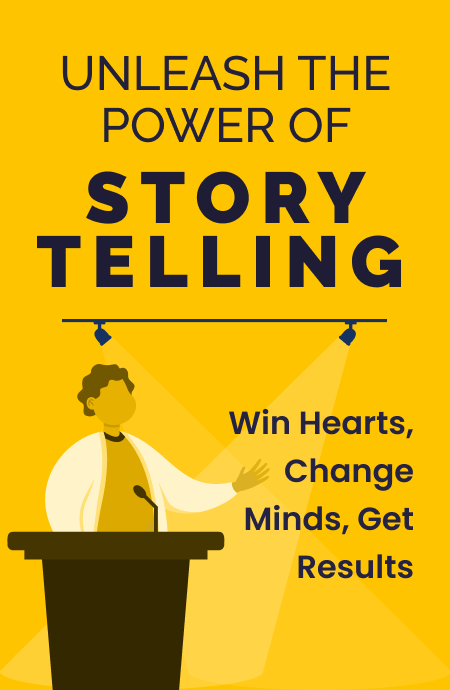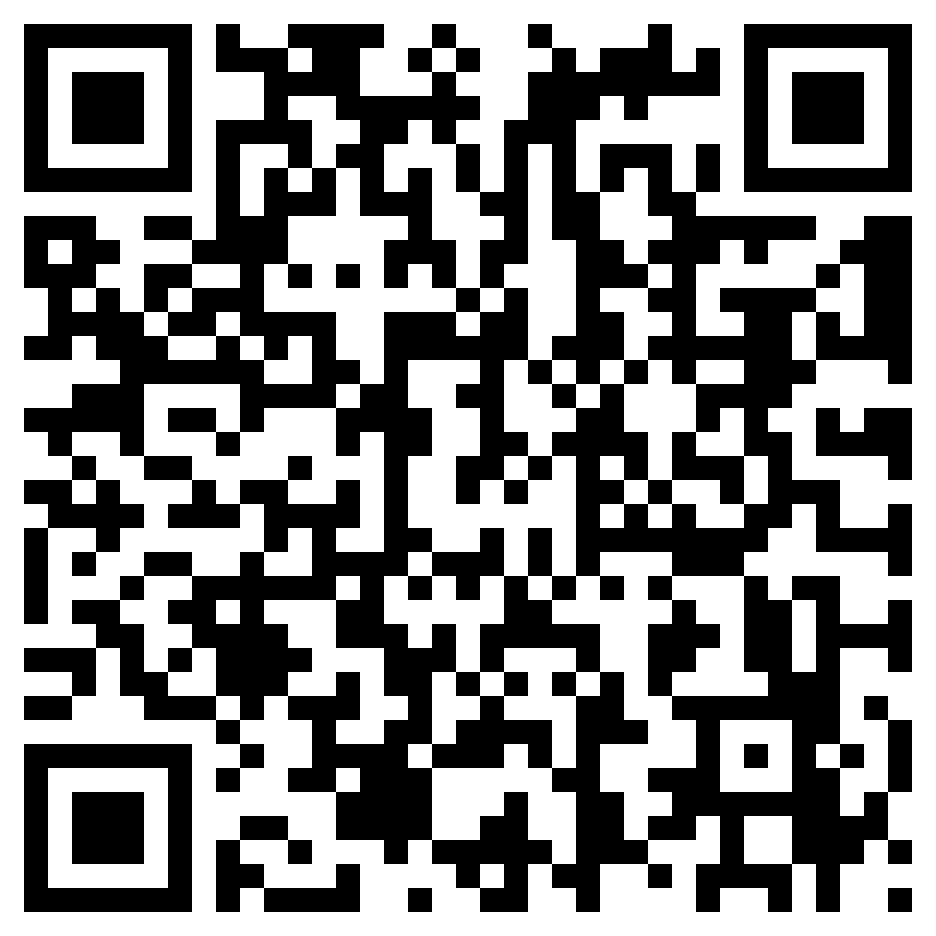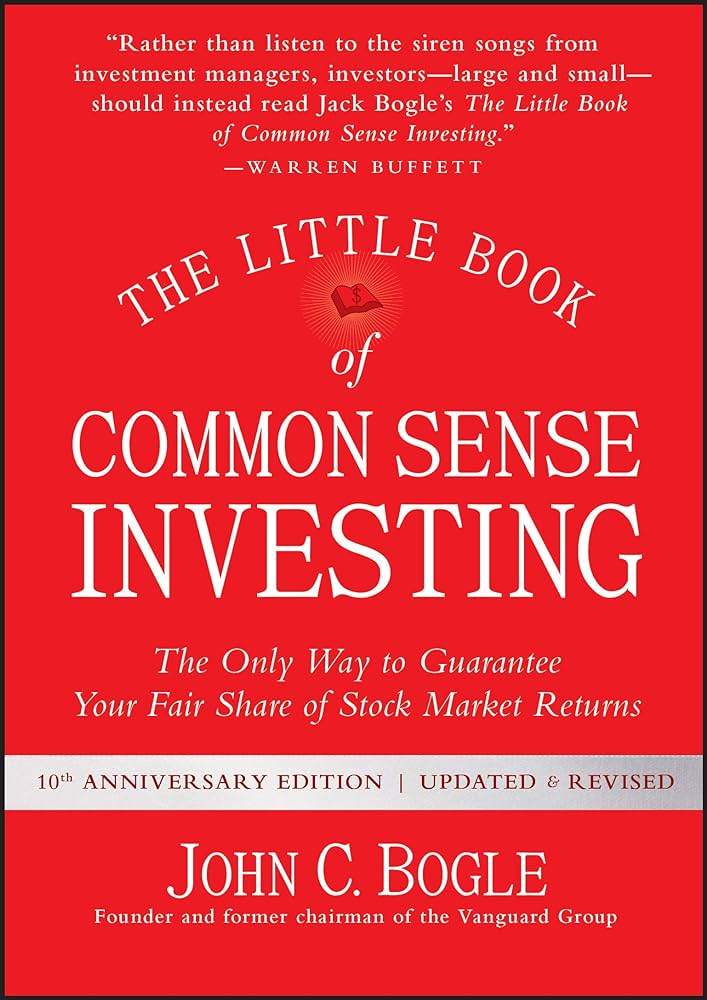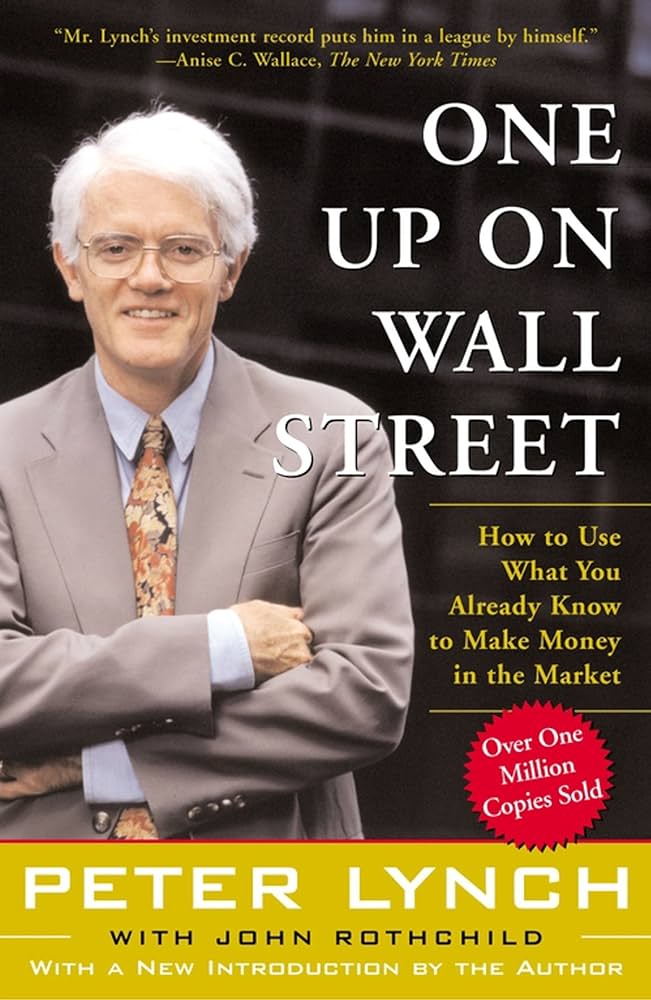Lesson 1- What is a Story?
In the crudest form, a story is a character in pursuit of a specific goal. However, the character runs into some challenge or obstacle in the course of their pursuit. And the narrative is driven by how the character tries to resolve that challenge and ultimately reaches their goal.
The character should be realistic and relatable. Nobody will believe it if there are too many fictitious elements. Problems must affect real people and must be solved by them too. There must be sufficient conflict to generate a dramatic aspect of a story. There must be adequate tension between the character's goal and challenges faced by them to reach success. However, it must be ensured that the challenge is a serious one that necessitates action. There must be a clear connection between cause and effect. Causality is an essential aspect of storytelling, and without that, the relationship between events would be considered vague. Causality provides meaning to a story and goes beyond the notion of coincidences. Finally, one ought to realize that a good story can trigger an emotional response. One should take full advantage of that and seek to ignite passion, thrill, and any other intended emotion to grasp the target audience's attention. The audience will relate to these emotional responses and are also more likely to act in a way you want them- buy a product, change their behaviour, extend support, and so on.
Broadly speaking, there are three phases in the timeline of a story.
- The Beginning- This is where one sets the scene and introduces the character. The phase denotes a normal state, but some challenges appear, which upsets the normal conditions.
- The Middle- this is where the narrative of the story takes its course. The character embarks on a mission to resolve the challenges throughout this phase.
- The End- this is where the resolution takes place. Through the sheer will and determination of the character, the normal state is finally restored.
The end of the story usually entails a moral to be learnt post conclusion of the story. A 'new normal' is established, which is most favourable to the character.
Lesson 2- Why do we need a Story?
A powerful story can sway opinion, influence people to act in a certain way and is far more effective than a list of “do’s and don’ts.” Storytelling is one of the most potent forms of communication. Stories are instrumental in the art of persuasion.<span
Unlock Knowledge with Wizdom App
Explore a world of insights and wisdom at your fingertips with the Wizdom app.
 1 Million+ App Download
1 Million+ App Download  4.9App Store Rating
4.9App Store Rating 5000+Summaries & Podcasts
5000+Summaries & Podcasts









